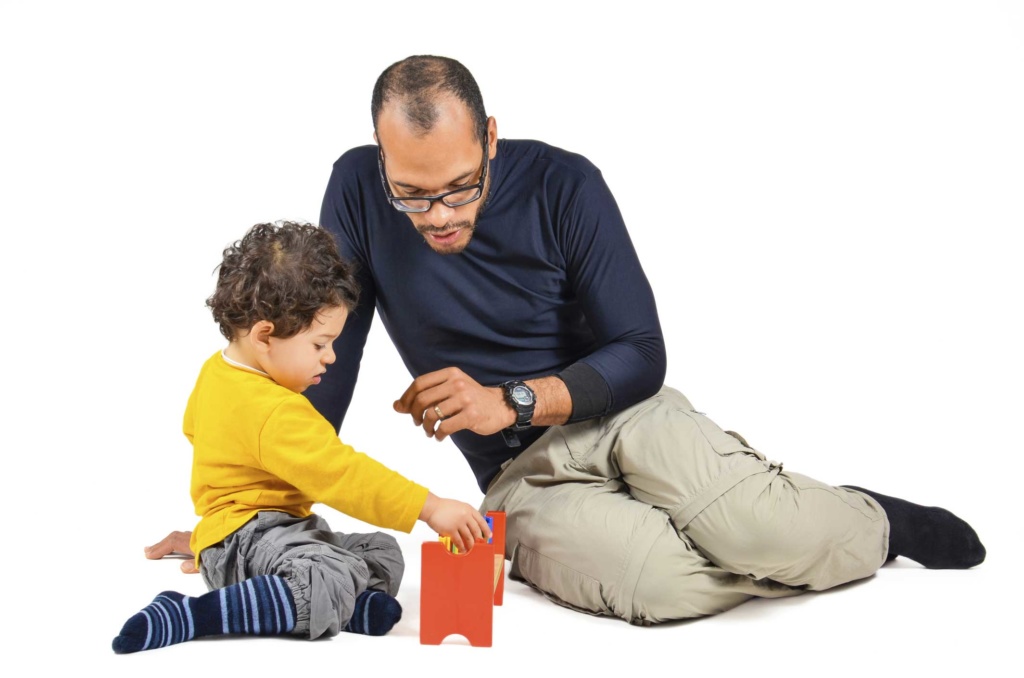Explaining to your child why you want her to talk with a therapist can be worrisome for parents. What to say? Will she be offended? Will she think you believe something is her fault or she needs to be “fixed”? Will a young child even understand the purpose?
Often children are willing to speak to a therapist and are even curious about therapy. If they are experiencing emotional pain, they may be relieved there is someone who can help. When introducing the idea of play therapy, here are some tips for a successful conversation.
Bring up the subject when things are calm. Mentioning therapy when a child (or parent) is upset can make it seem like a punishment. “I can’t take these outbursts anymore! You are going to talk to someone!” Choose a quiet moment to speak to your child and mention specific concerns in a caring manner. “You have been angry for a few months and crying more than usual. I know you’re unhappy and it’s not getting better on its own. We need to talk with someone who can help us.”
Prepare your child for what to expect. Once you have identified a therapist for your child, tell him you have found someone who can help. Explain that a therapist is someone who helps with feelings and helps solve problems. “I talked to a therapist and made an appointment for us to meet him. He seems very nice and says there are toys and games in his office you might like. I think he can help with the angry and sad feelings you have.” Discuss the appointment with an upbeat, positive attitude and reassure your child everyone needs help getting through rough patches. Keep the conversation brief. Reading a book with a young child is often very helpful. Some Bunny to Talk To by Cheryl Sterling, Paola Conte and Larissa Labay is a picture book that helps explain the basics of therapy.
Even with a calm and loving introduction, kids may resist the idea of therapy. “I don’t have that problem anymore!” “I promise never to do that again.” This is an anxiety response, and parents can respond by reassuring the child. “Dad and I will be with you until you are comfortable going alone. Play therapists like children and are there to help.” Encourage your child to confront her fears and get through that first session.
After an initial visit or two, most children like going to therapy. A play therapist will make a real effort to join with your child and establish a “therapeutic relationship,” which is critical to the entire therapy process.
Finding a comfortable “fit” with a therapist is important. After an evaluation period that includes gathering information from parents and teachers, and meeting with the child a few times, the therapist may make suggestions for additional interventions. Families can find it helpful to include family sessions or parent sessions in the plan.
Once individual play therapy has started, try not to question your child about his sessions. Asking “So what did you talk about today? Did you tell him about last night?” can put your child on the spot and change the intended process of play therapy sessions. Parents should, however, get regular feedback from the therapist and feel connected to the process. You know your child best, and if there is something important you think the therapist should be aware of between sessions, get in touch directly before the next meeting.
It’s OK to remind your child she has a therapist to talk to, but don’t belabor the point. Each and every issue a child confronts does not have to be a topic for therapy. Approach the reminder as an option for your child. “If you feel like it, maybe you can talk about that at your next therapy appointment.”
There may be circumstances when parents decide their child could benefit from meeting with a play therapist. Seeing a therapist can be a good strategy to help a child through a challenging time. Presenting therapy to a child the same way you would any other helpful resource will help him or her view therapy as a positive development.
